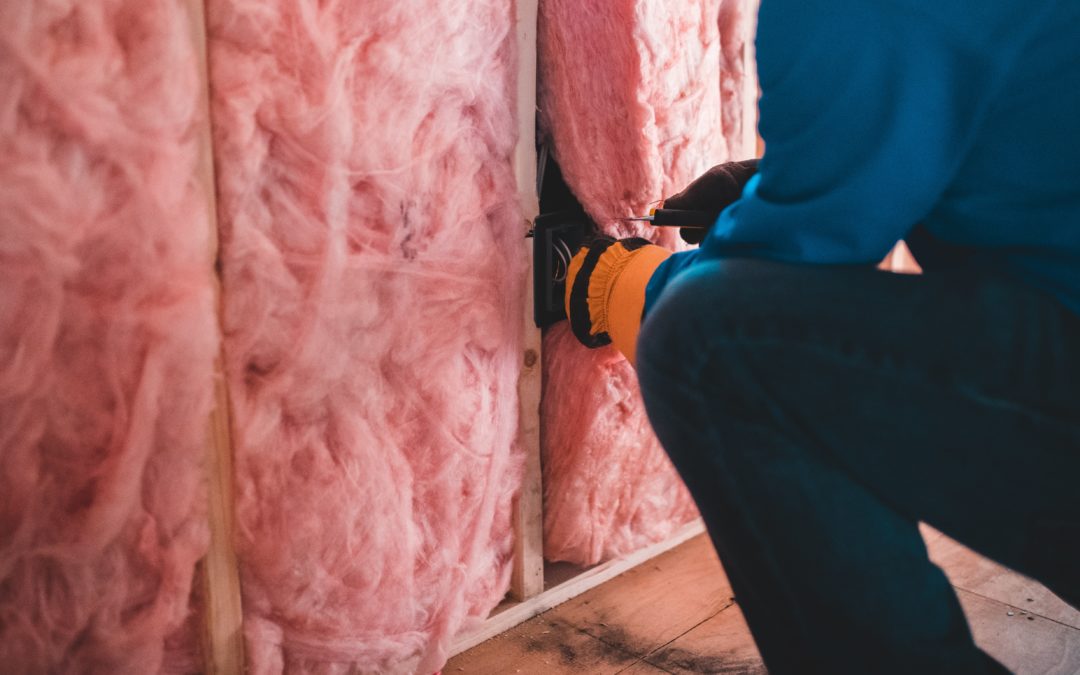Insulation and energy efficiency should play a key part in any commercial build or refit project. This means energy goals should be defined early on and ranked according to the benefits they bring to your business. But what insulation methods are available, and which produce the best results?
Types of insulation products
1. Concrete
Concrete insulation is inexpensive and durable. It’s highly effective at keeping cold out and locking heat in – and isn’t prone to rot either. It’s no small wonder, then, that concrete is a popular form of insulation in commercial buildings worldwide.
2. Rolled fibreglass insulation
Although unsuitable for some commercial buildings, rolled fibreglass insulation is cost-efficient and easy to lay. But it becomes ineffective when exposed to water – an important factor to bear in mind when planning your project.
3. Spray foam insulation
Spray foam can penetrate even those hard-to-reach areas of a building, meaning you won’t miss any nooks or crannies. Unfortunately, it can’t be applied everywhere. It also loses its efficacy over time which means you’ll need to reapply it down the line.
4. Rigid foam insulation
Unlike spray foam, this material comes ready-made. Because it’s been sculpted and hardened, you can apply it immediately to a given surface. It’s as energy efficient as its spray foam equivalent but isn’t suitable for filling small spaces.
Types of cladding insulation systems
1. Terracotta cladding
Terracotta cladding is highly versatile. It can be oriented horizontally or vertically and shaped to specification. Available glazed or unglazed, it’s extremely durable and non-combustible. In terms of insulation, it outperforms other forms of cladding and looks distinctive.
2. Brick cladding
Brick cladding systems are less time-consuming to install compared to traditional brick. Lightweight and cost effective, these facades noticeably improve thermal performance and can be installed in any kind of weather.
3. Metal cladding
Metal cladding is eye-catching, strong, and energy efficient. It can be fabricated using a range of high-performing materials including, but not limited to, steel copper, solid aluminium, and ACM.
Insulation and energy efficiency tips
- Use self-adhering tape. Why slow down the installation process unnecessarily? Products like Wraptite are self-adhering. You can apply it in one easy step, and greatly improve your building’s thermal efficiency.
- Install rock mineral fibre insulation. This high-density material fits behind rainscreen facades. Its lightweight construction makes it easy to install, too. Depending on the product, a thermal conductivity level of 0.333 W/m-k is achievable.
- Switch to LED lighting. If you want to enjoy big energy savings, choose LED lighting. It uses up to 90% less electricity and will markedly reduce your bills.
- Invest in the best ventilation systems. Optimising air quality in a building is important. But a good ventilation system will also provide more energy that could in turn help manage internal temperatures.
- Reduce reliance on fossil fuels. Instead, fit solar panels on the roof of your building and install a water-harvesting system to generate electricity self-sufficiently. Not only will you save money, but you’ll also reduce your carbon footprint.
Need insulation advice?
We are market leaders in the rainscreen cladding sector. Our knowledgeable team can help with everything – from research and design through to design, supply, and acquisition. Contact us to learn more.

